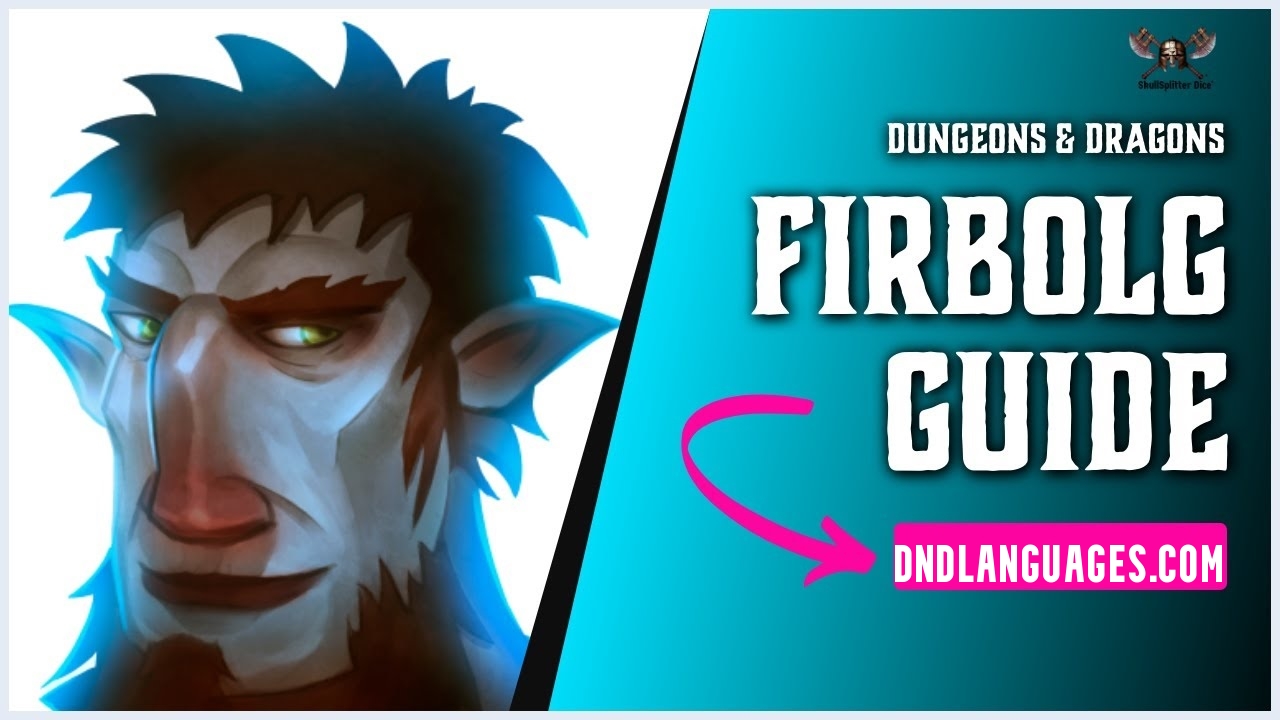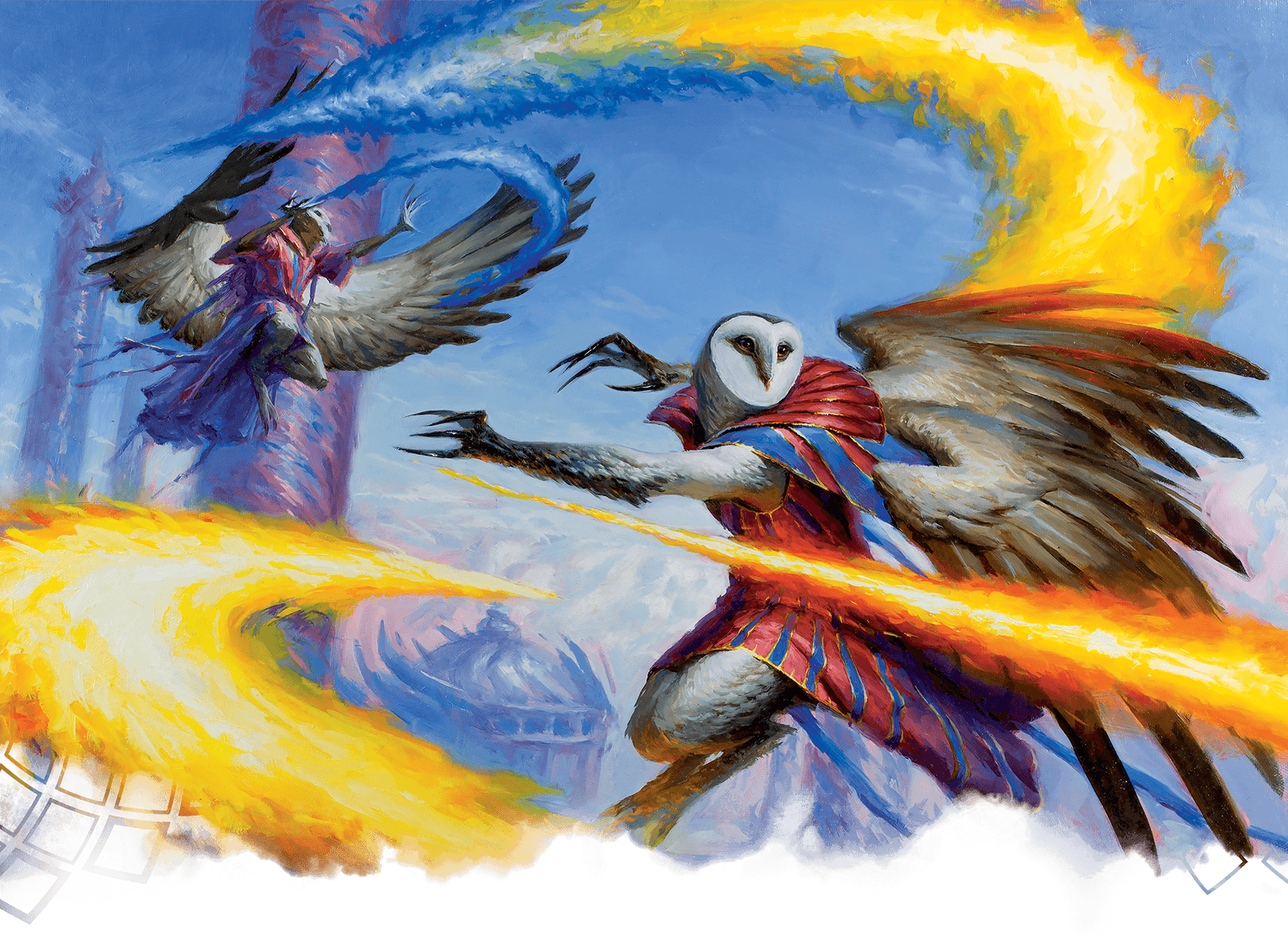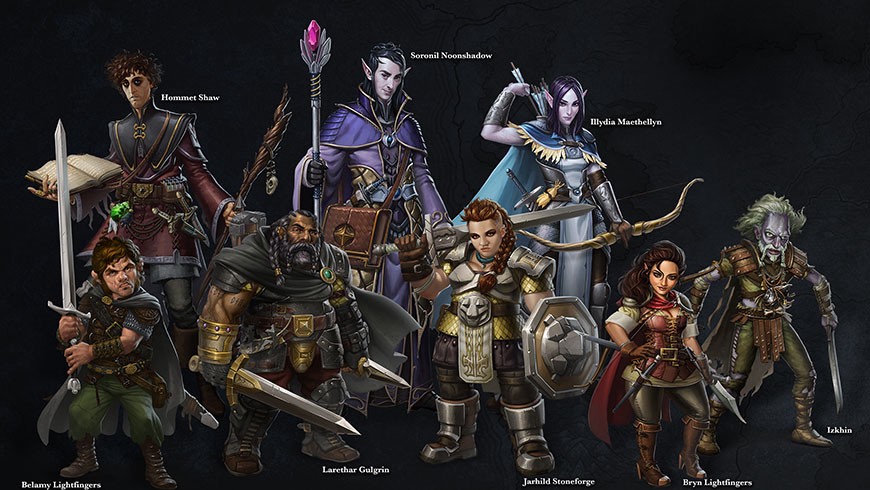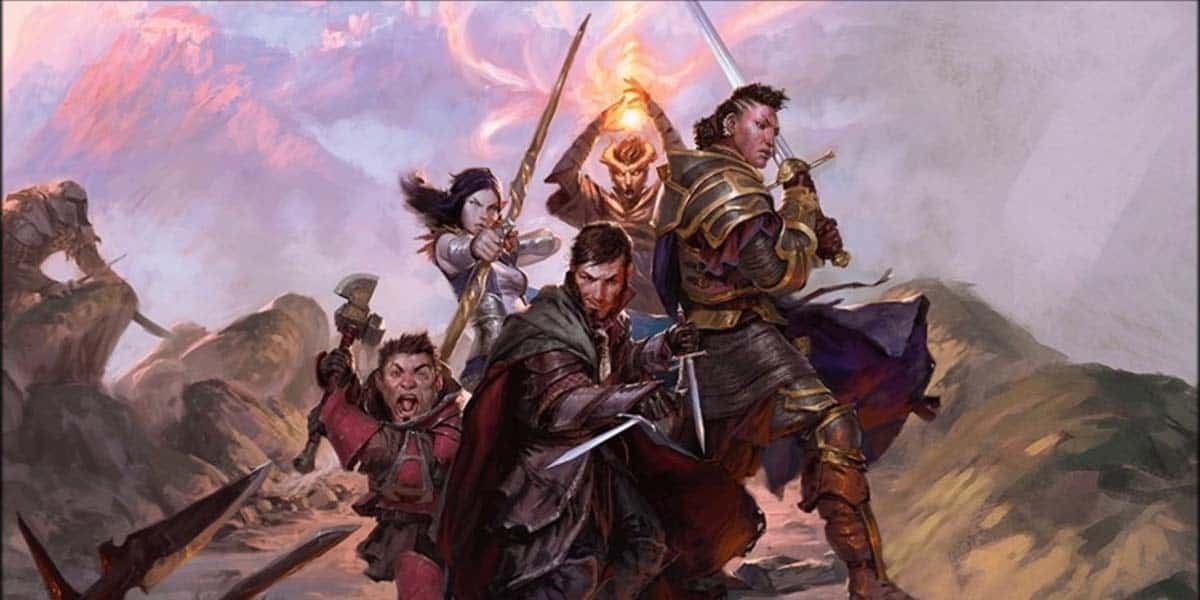Firbolg Guide for DnD 5E:
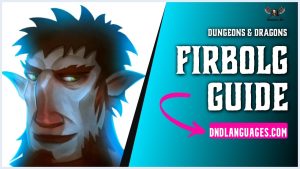
Seven new playable races are added to 5E in Volo’s Guide to Everything one of which is Firbolg which is pronounced as fur_bolg.
In comparison to many of D&D’s other races, Firbolgs have often received very little attention.
During many years’ development of the game, they stayed in the background, morphed over time from powerful Celtic warriors into their current iteration’s intersection of giant-kin and fey.
This guide will tell you everything you need to know if you or any of your players are planning to create a firbolg character.
The Firbolg: Giant-kin of the Forest and Hills:
Amazingly there is very less information about these mysterious creatures. In the start, they were portrayed as powerful Celtic warriors in earlier D&D editions as they were created in Irish mythology.
Though this is not the case in firbolgs of 5E
In this new fifth edition, these firbolgs are really different and it’s really tough to create these firbolgs again when we read previous depictions.
5E’s firbolgs are pretty distinct from other characters but previous ones had a lot more common with 5E’s goliaths, as also added in Volo’s Guide to Everything.
As hidden guardians of woodlands, firbolgs are a creature of nature as they care a lot about their forest homes and they know the fact that their survival and firbolgs tribe’s survival hinges on the entire ecosystem.
Firbolgs look after the forest and ensure that all living things such as plants and animals are well looked especially animals are fed well in winter.
Firbolgs also ensure that predators are also fed though we cannot say that for sure as is not written in Volo’s Guide to Everything but can imply.
Mostly firbolgs have pure hearts and are compassionate. But they can also be ruthless and callous while taking care of the forest.
Forest comes first for firbolgs and they have not much interest in affairs of other humanoid races. But if those races affect the forest, they will take action. Usually, they hide in the forest and do not involve other races’ issues.
Firbolg has the ability to take many steps if some outside tries to interfere in their firbolg tribe’s forest. They will do their best to eventually make outsiders leave the forest. Intruders judge the presence of firbolg in many ways. There will be something missing in their surroundings such as a bounty of berries or some nuts which should be present in the forest but are not present. Animal life may also be missing as firbolgs would have shifted them to other areas of the forest. These basic changes can tell that firbolgs are near in the forest.
Firbolgs can even change the direction of springs which can deviate the path of outsiders.
Even if these actions won’t work, firbolgs will change their avatar as elves and then politely ask intruders to leave.
It is not that firbolgs don’t like outsiders, they have friends such as forest gnomes and wood elves but if outsiders pose a threat to their beloved forest, firbolgs will retaliate. They will launch a fearsome attack against the uninvited guests, especially against those who can risk forest fires.
Firbolg people have a kind hearts. Who takes care of each other and live in harmony in communities. They don’t even believe in hoarding or storing food in winter. Feeling such as greed is a danger to their whole ecosystem.
Magic has a special place in the hearts of firbolgs as they have a special connection and ability to do it. You can call them little magicians. Most of the firbolgs know some verses of magic and they use it to remain away from outsiders.
They don’t like identifying themselves as fey creatures but they do have similarities to fey ecosystem and creatures.
Giants are often characterized by political scheming within the rigid hierarchical structure of the Ordning. Our firbolgs are large and possess the enormous strength of their giant relatives. That said, their place is unusual amongst giants and giant-kin.
Firbolgs do have a place within the ordning but it’s difficult to imagine that they would engage with the politicking of the elemental giants.
Firbolgs are quite similar to the fey. Like fey, they do not have any desire to build anything which is similar to human civilization. Fey also has a love for magic. Fey also tries to remain hidden and avoid interaction directly with intruders. Both firbolgs and fey try to interact in mysterious ways with outsiders.
Maybe this is the reason that naming conventions (which we will discuss later) are by impacted historical relations with the fey.
Everyone believes that you should never “give” a fairy your name but what if you don’t even have a name to give?
Firbolgs have kind-hearted. Despite their actions, their intentions are pure, and unlike fey, they don’t have tricksy or whimsical nature.
Firbolg Abilities and Traits – What Characterizes the Firbolg Race?
Ability score:
Unless you are playing with the optional rule for racial bonuses in Tasha’s Cauldron of Everything, Firbolgs receive a +1 bonus to Strength and +2 to wisdom. In that case, you can place them in any state.
Size:
Firbolgs have can weigh between 240 and 300 pounds. We can categorize them as medium-sized height skin. They can have heights up to eight feet.
Powerful build:
Firbolgs are strong creatures with a powerful build. They can put weight sag or lift heavier weight. Hence, firbolgs are very large.
Firbolg Magic:
Firbolgs have special magic known as Detect magic and also disguise magic. With the help of this magic, they can disguise themselves into 3ft shorter elves which helps them to blend in with the humanoid environment and the creatures.
Though they have the magic ability and casting ability of Wisdom it can only be used once before taking a long or short rest.
Hidden Step:
Another ability that cannot be used without short or long rest is Hidden Step. It can be used as a bonus action and can help them in their invisibility in case they want to take any action or force another creature to make a saving throw.
Languages:
Elvish, giant and Common are the main languages that Firbolgs can speak.
Speech of Beast and the Leaf:
They have the ability to communicate to the beasts and plants using the Speech of Beast and Leaf. This gives them an advantage on speech checks to influence beasts and plaspeak
Though they can speak Beast and leaf. Firbolgs cannot understand the speech of beasts and plants. We can say it is a one-way communication only.
What Classes Are a Good Fit for Firbolgs?
Druid:
Druids are the most perfect fit as well as a most perfect fit for druid character also.
They are the guardians of the forest and love is their mantra. Their fantasy is kind, mysterious like woodland folk. Their nature is of stewardship of homes of the forest. They try their best to keep nature intact and do not try to mix their own ideas and wishes with nature. Nature-revering druids are plentiful amongst the Forgotten Realms’ firbolg tribes.
Druids can also use +2 bonus of wisdom of firbolgs as its magic user’s spellcasting ability is wisdom.
Cleric:
Cleric of nature domain should be a good choice if you are looking for a slightly different twist with spiritual druidic fantasy. Like others firbolg’s wisdom is beneficial to the cleric and they use it for spellcasting and can benefit from the firbolg’s bonuses.
As compared to druids they gain more benefit than druids, because the nature domain’s heavy armor proficiency combines really well with the bonuses of firbolgs.
Ranger:
Firbolgs chooses the ranger class as a natural choice because they are intimately familiar with the terrain of their homes in the forest. They also have a close link to the landscape.
Natural Explorer of ranger grants firbolgs a favorable terrain which helps them in getting multiple bonuses as they know well about the landscape. Just because the natural choice is forest as terrain.
Like others, wisdom for spellcasting is beneficial to rangers too and it benefits from the wisdom bonus of firbolgs. The +1 bonus to strength is less useful for most ranger builds, although melee strength-based ranger builds can work with multiclassing.
Barbarian:
Amongst the firbolgs of the Forgotten Realms, Barbarians are rare. Though fantasy of barbarian still plays important role in determining the role of a firbolg as an adventurer.
Many adventuring firbolg were displaced by the destruction of their forest home so as we can guess firbolgs don’t leave their forest lightly.
It naturally turns into a raging phenomenon once the home of firbolg which is a forest is destroyed. It’s no longer a kind-hearted creature. There is rage and revenge in his heart.
Paladin:
Oath of the Ancients paladin is an excellent thematic fit for firbolgs. A character devoted to protecting nature might have taken a knightly oath to do so.
These paladins share firbolgs’ deep love of nature and often adorn their weapons and armor with images of nature.
Warlock:
Firbolgs are not in the ordinary fantasy of warlocks. Only archery warlock can sound like a good fit for them. We can easily see how firbolg can come outside and meet fey creatures in forests.
Unlike firebolts warlocks are very selfish characters who do not bode well with the nature of Firbolgs are good within the community and selfishness does not bode well for them.
Although playing as firbolgs as archery warlock is possible but managing it is tough because motivations behind their warlock pact can be unusual.
This happened due to some terrible historic crisis of forest in past that a firbolg had to make this desperate deal for the betterment of all.
Rogue:
Classes fit for are firbolgs are rogues and especially arcane tricksters. Firbolgs use their magical powers to stay hidden and those firbolgs who live close to human civilization can infiltrate those communities. This will help them in understanding their intentions to ascertain whether those are a threat to the forest or not.
Monk and Artificer:
Firbolgs can’t become monks or artificers and these classes can challenge the backstory of the firbolg. Though it is possible, maybe in an event of total destruction of the forest a firebolg can join a monastery but it’s highly unlikely.
In the case of artificers who are more focused on acts of magical engineering in a scientific way, firbolgs can coexist in backstory but it is tough because of their druidic and folkloric approach to magic. Artificers are more scientific whereas firbolgs are more druidic and folkloric so there is a conflict. But still, you can write a backstory.
Firbolg Appearance:
These magical creatures can have different types of appearances. Not many can agree on a simple appearance.
Everyone agrees that firbolgs are up to eight feet tall and can weigh from 240 to 300 pounds.
The image on page 107 of Volo’s Guide to Everything can be helpful but it is the only published image in D&D 5E. It shows firbolg as a large rugged man in normal dressing.
In the image, firbolg has elfin-like pointy ears, a messy beard and ginger hair, a slightly blue-grey tint to his skin, and a big red nose.
Caduceus clay creates community perception of firbolgs from Critical Role.
Firbolgs was introduced to 5E in a book that very few die-hard D&D players own and had not much high prominence in community consciousness until Caduceus’ appearance on Critical Role so that character’s presentation has a big influence on the D&D communities understanding of firbolgs generally.
Caduceus introduced one of the players, Taliesin described him as having a “bovine” nose. This created a thought that firbolgs are usually cow-people who have lightly furred blue skin and bovine ears and nose.
Both of these interpretations of firbolgs are valid and DMs use it. Although, published material has more effect on players and DMs. But Critical Role vision and especially “the bovine” nose look gives more of a fey-like mystical creature and feel.
Firbolg Names:
Despite going with some elvish names Firbolgs don’t actually have names of their own. This is one of their ways to hide and remain distinct from outsiders. This also helps them in dealing with outsiders as they can call with by any name they want to call them.
Amongst themselves, firbolgs usually refer to each other in the same way they’d refer to the forest’s plants and animals: by their actions and habits.
Challenges of Roleplaying a Firbolg:
Playing a firbolg can be challenging for many reasons:
They are not adventurers and they usually stay in the forest or keep hiding. So, telling a story and that they are going on an adventure can be tough. Leaving the forest is almost the last thing they can do so creating this extreme situation with the rest of the party can be challenging. Their mistrust of outsiders also does not help.
Firbolgs don’t have a name which creates another hindrance. Without being able to label their characters and players cannot interact and cannot perform for each other.
Though to create an effective story and to communicate, an outsider can name the character what they want. This way story keeps going. Similarly, you can use the same name in other games and adventures.
Most NPCs come from towns or cities and players use wilds as a primary space. This will make connecting your character to the campaign tough. It may be difficult to connect a wilderness-dweller to any part of the world’s social order that’s relevant to the campaign.
D&D’s major part is treasure and loot and firbolg’s are not materialistic so they cannot be used here too. They are primarily for the defense of forests and saving ecosystems so these kinds of campaigns are not helpful either. DMs can find it tough to reward firbolg s in this kind of campaign.
The main characteristics of firbolgs can make it tough to handle in serious situations. People may perceive their actions as pranks and unusual. So, in situations, their actions can even become silly.
Especially when other player treats your character as a comic you will have a tough time playing it in a serious way for your benefit.
